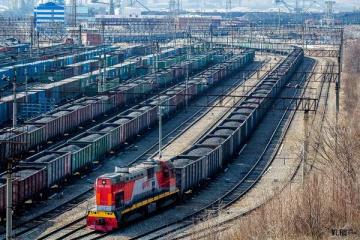
With an insurable interest in excess of 50% of the world’s tank container fleet, freight transport insurer TT Club has an intimate understanding of the sector. Its latest StopLoss guidance for tank container operators in managing risk in this element of the global supply chain contains valuable advice.
Tank containers have been used in the international supply chain to distribute cargoes for many years. In March this year, ITCO, the International Tank Container Organisation released their 2020 Global tank container fleet survey. While covering a period prior to the COVID-19 pandemic, the survey highlighted a slowdown in the growth of the global fleet in 2019 (7.88%) versus 2018 (10.81%). This was partially a consequence of the fall in global trading conditions experienced by many sectors of the container shipping industry.
On the positive side however, the fleet continues to expand. This can be attributed to shippers recognising the benefits of shipping their cargoes in tank containers (as opposed to drums or parcel tankers). The survey reported strong growth for Chinese domestic bulk liquid movement, as well as within the intra-Asia trade.
Having such a deep heritage in the insurance of the maritime containers, TT Club has used its experience of working with operators, answering their queries and handling their claims to create a StopLoss document.
The StopLoss advisory follows on from the success of TT’s tank container seminar in late last year and further confirms the Club’s commitment to provide supportive understanding for those businesses entering or on the periphery of the industry as well as established operators. Additionally, TT collaborated with a number of industry and technical experts to produce this new guidance focused on managing tank container risk.
The intention of this publication is to identify and highlight common claims exposures, whether operational or connected with the care of the tank as an asset. The StopLoss provides a platform from which TT can disseminate this analysis output and provide guidance for the benefit of all. In line with other recently published work by IMDG Code Compliance Centre the guidance seeks to bring clarity as to the responsibilities of the various stakeholders.
This practitioners’ good practice guide is aimed at all stakeholders through the tank container transport chain whether operating, filling, discharging, cleaning or handling tanks. Informed by typical incidents, the document is structured in such a way that it follows the natural chronology of the transport chain in order to provide ease of access.
The publication incorporates several pieces of valuable operational insight, with references to applicable regulations. In the interests of increasing the longevity of the tank as an asset, the topical subject of corrosion/pitting is extensively covered within the guidance, likely of interest to tank owners and operators. Those who operate in the tank sector or are considering doing so will find the 13-point checklist, which aids and informs consistent and successful outcomes for tank container operations, of particular interest.





